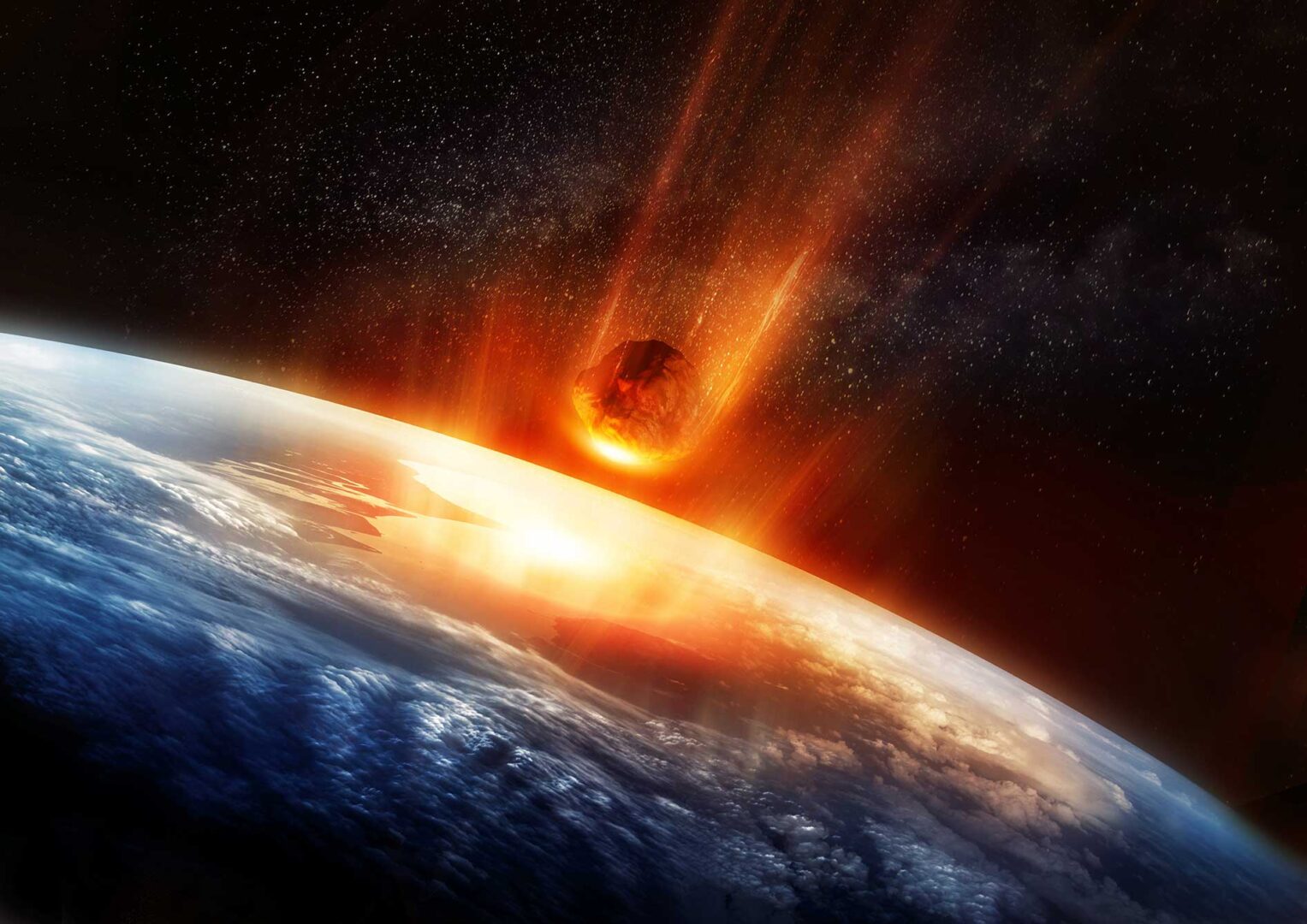A Word In Edgewise: Slow-Dancing In Deep Time

Two recent books, Marcia Bjornerud’s “Turning to Stone” and Tamsin Mather’s “Adventures in Volcanoland,” explore certain mechanisms of our home planet vital to our existence, adding the caveat that comprehension of their importance requires looking back beyond humanity’s short residence on Earth, back into Deep Time — measured in billions of years.
Rocks (in the broadest definition) and functioning volcanoes are unique systems within our solar system. In place soon after Earth’s inception, soldiering on today, these working systems create, sequester, and re-release the water, carbon and myriad other chemical combinations that foster life, from single-celled to human. There are devastating Pompeiis and tsunamis in human lives, but “Four score and ten” is a human metric, a mayfly wink compared to Deep Time’s 4.4 billion years it has taken to create the planetary plumbing — water collection-retention-renewal, heating-cooling systems — in short, everything that has allowed Mankind to exist and, perhaps, grow too big for its britches.
Ephemeral as individual human lives may be, Bjornerud and Mather remind us that collective Mankind’s decisions on whether to accept or ignore these systems that underwrite our viability may well determine whether “We” will continue to thrive or will render Sol’s third planet a bleak, arid ball.
Bjornerud, professor of environmental studies and geosciences at Lawrence University, has been rustling rocks for four decades. In this, and her previous “Reading the Rocks: The Autobiography of the Earth” and “Timefulness: How Thinking Like a Geologist Can Help Save the World,” she makes the case that Earth, initially fortunate its distance from the Sun, alone of its fellows created renewable systems ensuring a (usually) stable environment for humanity.
University of Oxford Professor of Earth Sciences Mather, like Bjornerud, has travelled worldwide to observe her globe-encircling volcano subjects (of which Iceland, within its scant 39,769 square miles, boasts some 130). She is particularly interested in volcanoes “degassing,” in which the heated magma, once expelled, loses its volatiles to the cooling atmosphere and how, in turn, those emissions affect human life.
Neither sees their subjects as static. Volcanoes in full eruption are easily visible, but majestic mountains rise and fall incrementally. As a structural geologist, Bjornerud thinks of rocks as “very, very viscous fluids. Not liquid, but flowing — in that sense, fluid — in the solid state.” Time scales alter as well; tectonic plates thrust mountains up and dismantle over eons, while an earthquake is human-tailored, instantaneous and catastrophic.
Both ask the reader to consider whether the pace of human activity is altering — foreshortening — our future? Will we, in our haste, ignorant of Deep Time’s checks and balances, tip the scales against ourselves? How little we actually know … only recently (mid-1960s) came our understanding of tectonic plates, how through subduction and continuous movement, they virtually raise and lower mountains, while the slow carbon cycle sequesters carbon dioxide to maintain our viable atmosphere, as certain rocks recycle, restore and renew potable water.
With lay text, authors must thread a path between, “Here comes the airplane!” zooming another teaspoon of peas to a toddler, and “High-professorese.” Bjornerud and Mather succeed, their menus both nutritious and digestible. Remember, catastrophe in human time may, in Deep Time, indicate a simple plumbing glitch requiring merely an adjustment in the viscosity of a mountain-trimming subduction. Perhaps another Extinction. But Earth abides. Don’t take it personally.
5200 Willson Road, Suite 316 • Edina, MN 55424
©2025 Lavender Media, Inc.
PICKUP AT ONE OF OUR DISTRIBUTION SITES IS LIMITED TO ONE COPY PER PERSON




